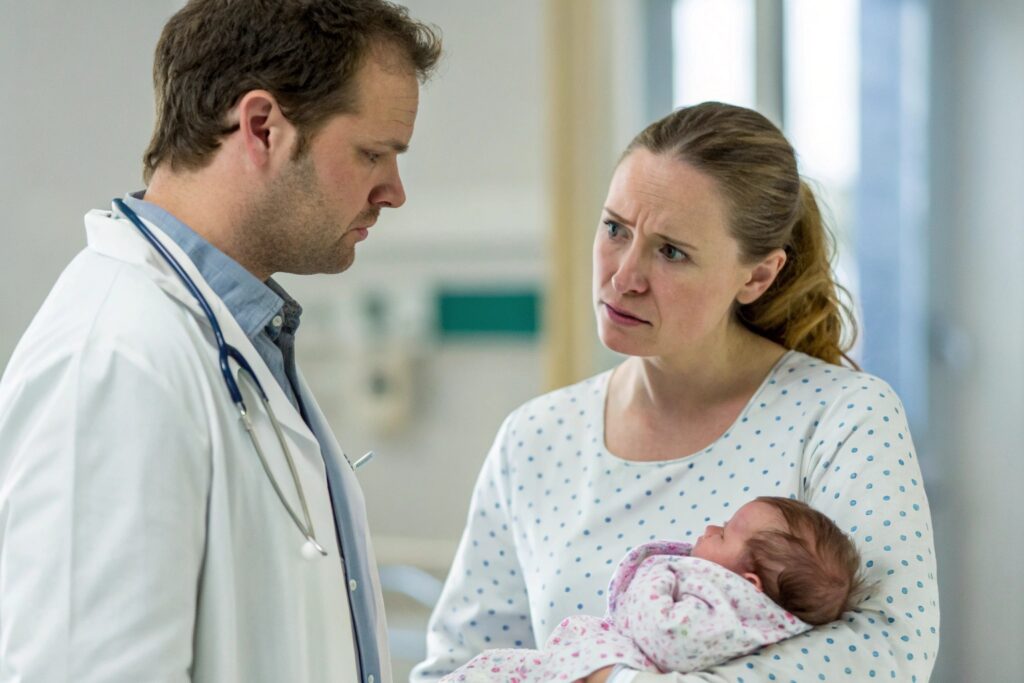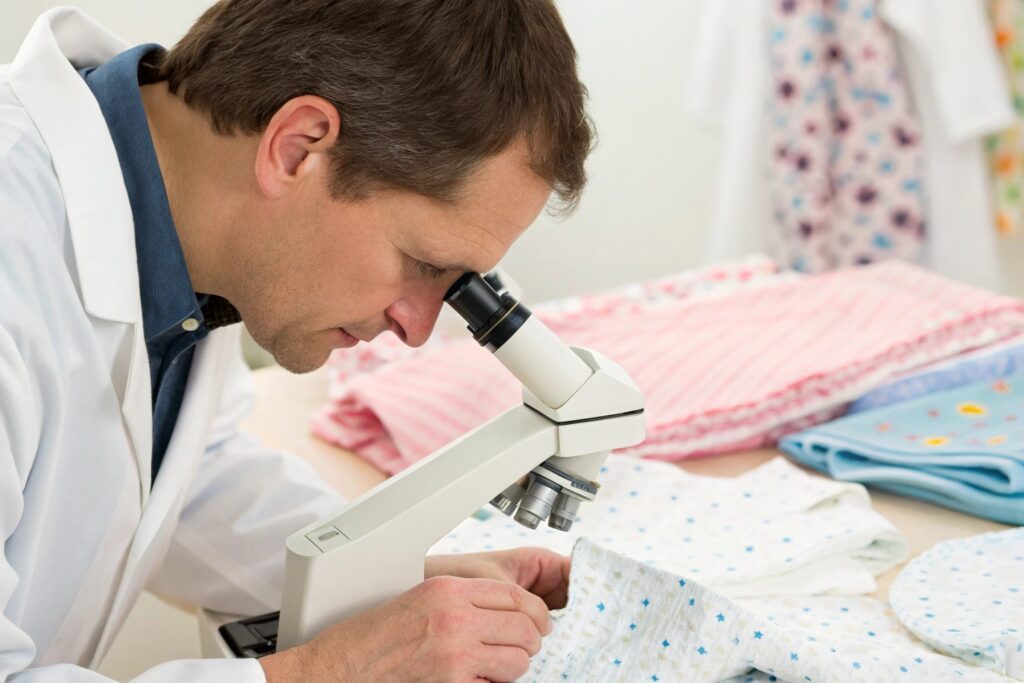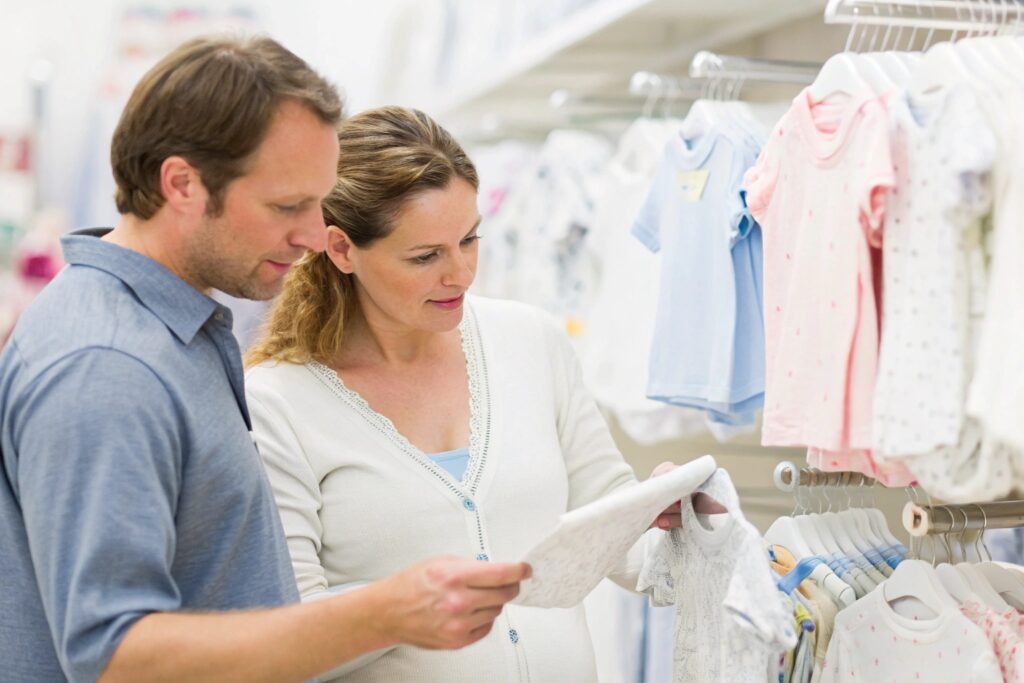Softness and style aren’t enough in babywear anymore. Today’s brands must guarantee that their products are not only comfortable but also chemically safe.
Babywear brands must prioritize chemical residue control because even small traces of harmful substances can risk infant health, trigger legal penalties, and damage brand trust.
Let’s dive into why chemical safety is now non-negotiable in the baby clothing market.
How Chemical Residues Affect Baby Skin and Health?
Infant skin is not like adult skin—it’s thinner, more absorbent, and far more vulnerable to environmental toxins.
Chemical residues in fabrics can cause skin irritation, allergies, breathing issues, or long-term health risks in babies, who absorb substances faster through their delicate skin.

Common chemicals of concern:
| Chemical | Potential Health Impact |
|---|---|
| Formaldehyde | Skin rashes, respiratory irritation |
| Azo dyes (banned types) | Potential carcinogen exposure |
| Phthalates (in prints/trims) | Hormonal disruption risk |
| Heavy metals (lead, cadmium) | Neurodevelopmental harm |
| Nonylphenol ethoxylates (NPEs) | Endocrine disruption risk |
Babies often chew or suck on their clothing, increasing the risk of chemical ingestion.
Even “small” chemical exposures during early development can lead to heightened sensitivity, allergies, or chronic conditions later in life.
What Global Standards Regulate Chemicals in Babywear?
Countries and regions enforce strict regulations on chemicals in textiles—especially baby and children’s clothing.
Global standards like OEKO-TEX® Standard 100, CPSIA, and REACH govern which chemicals can be present, at what levels, and under what conditions in babywear.

Key global regulations:
| Standard | What It Regulates |
|---|---|
| OEKO-TEX® Standard 100 | Tests finished garments for 100+ chemicals |
| CPSIA (U.S.) | Limits lead, phthalates, and mandates tracking labels |
| REACH (EU) | Controls use of harmful substances (SVHC list) |
| GOTS (Organic Textiles) | Certifies organic fibers + chemical-free processing |
| Prop 65 (California) | Requires warnings for exposure to listed toxins |
Failure to comply can result in:
- Customs rejections
- Product recalls
- Heavy fines
- Legal battles with regulatory bodies
- Long-term brand damage
Leading brands test every material batch, not just finished goods, to maintain compliance across complex supply chains.
Why Parents Demand Non-Toxic and Certified Baby Clothing?
Today’s parents are more informed, more cautious, and more willing to pay for safety guarantees when it comes to their children.
Parents actively seek non-toxic, certified baby clothing because it reassures them that the brand values their child’s health as much as they do.

What drives parent purchasing decisions:
| Parent Concern | Certification Reassurance |
|---|---|
| Chemical exposure anxiety | OEKO-TEX® certified = tested for harmful substances |
| Eco-consciousness | GOTS-certified = organic, toxin-free farming |
| Sensitivity or allergy risks | Hypoallergenic, dye-free claims backed by testing |
| Trust in brand transparency | Public lab results, clear certification labels |
A 2024 survey found that 72% of parents would switch brands if a safer, certified alternative was available—even at a slightly higher price.
Babywear brands that highlight chemical safety in marketing—through certifications, transparent sourcing, and visible labels—gain stronger loyalty and word-of-mouth referrals.
How Testing for Residues Strengthens Brand Reputation?
Beyond compliance, chemical residue testing signals professionalism, quality, and ethical responsibility—essential in today’s global fashion landscape.
Routine chemical testing builds brand reputation by proving a commitment to safety, ensuring regulatory compliance, and setting premium standards that differentiate your products.

Benefits of proactive chemical testing:
| Brand Benefit | Why It Matters |
|---|---|
| Regulatory readiness | Easier, faster customs clearance and global market access |
| Retailer acceptance | Large chains require chemical compliance certificates |
| Crisis prevention | Avoids costly recalls or consumer lawsuits |
| Premium positioning | Supports higher price points through safety assurance |
| Customer trust and loyalty | Transparency = stronger repeat business |
At Fumao, we advise brands to test not just the final garment, but each production component: fabrics, threads, trims, labels, and printing inks.
This full-scope approach ensures no "hidden risks" slip through supply chains—and helps brands scale internationally with confidence.
Conclusion
Babywear brands cannot afford to overlook chemical residues. By committing to rigorous testing, meeting global standards, and communicating safety clearly to parents, brands not only protect the babies who wear their garments—they protect their own reputation and future growth in a fiercely competitive market.










